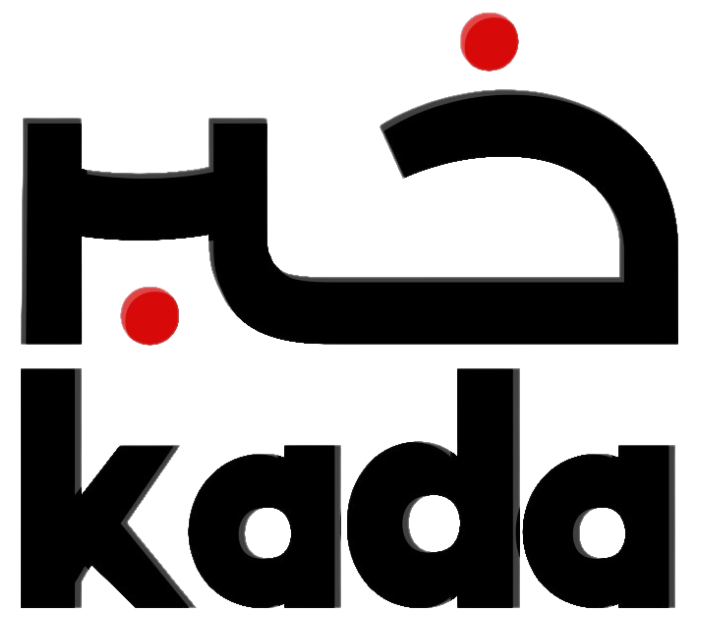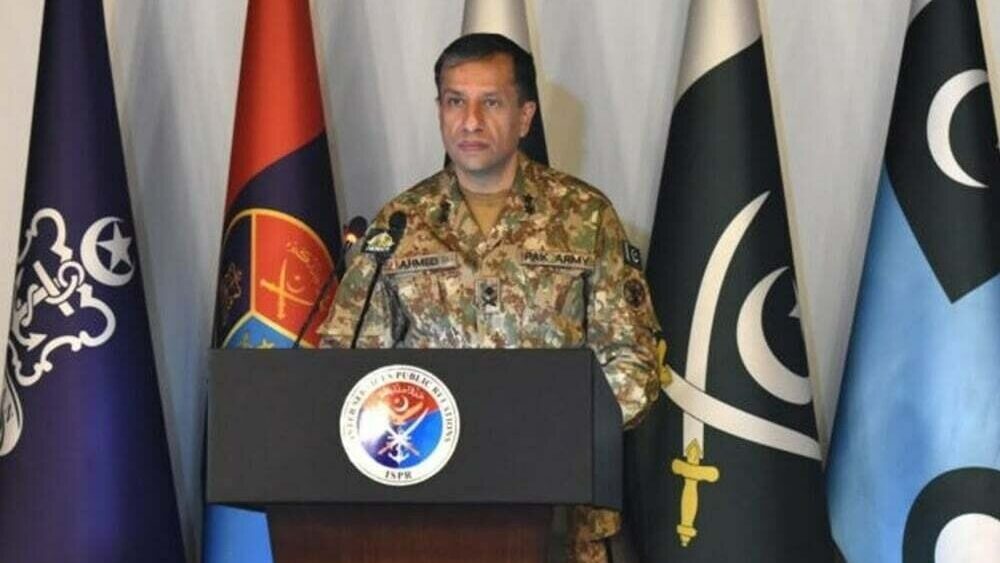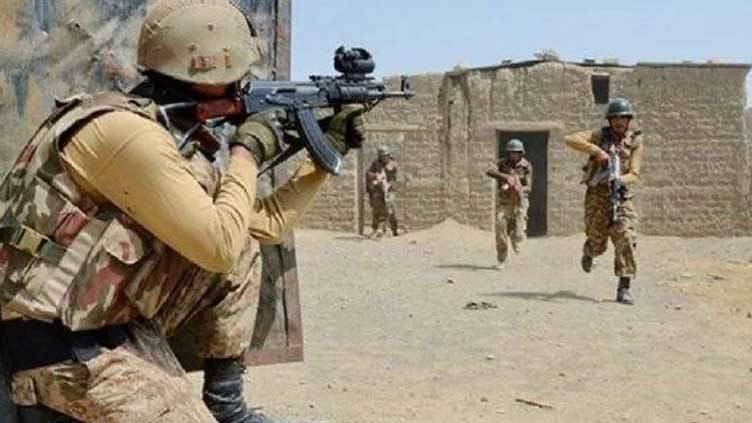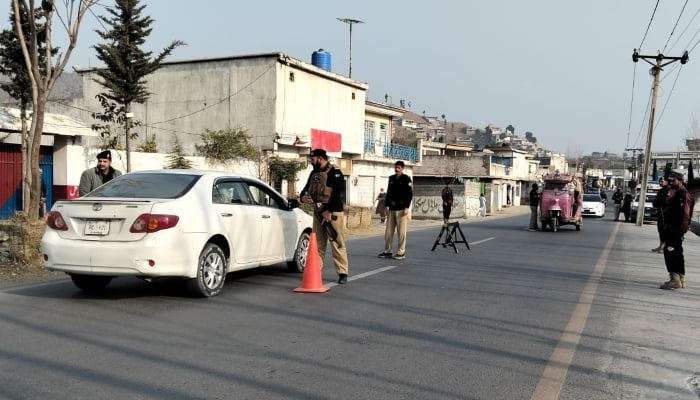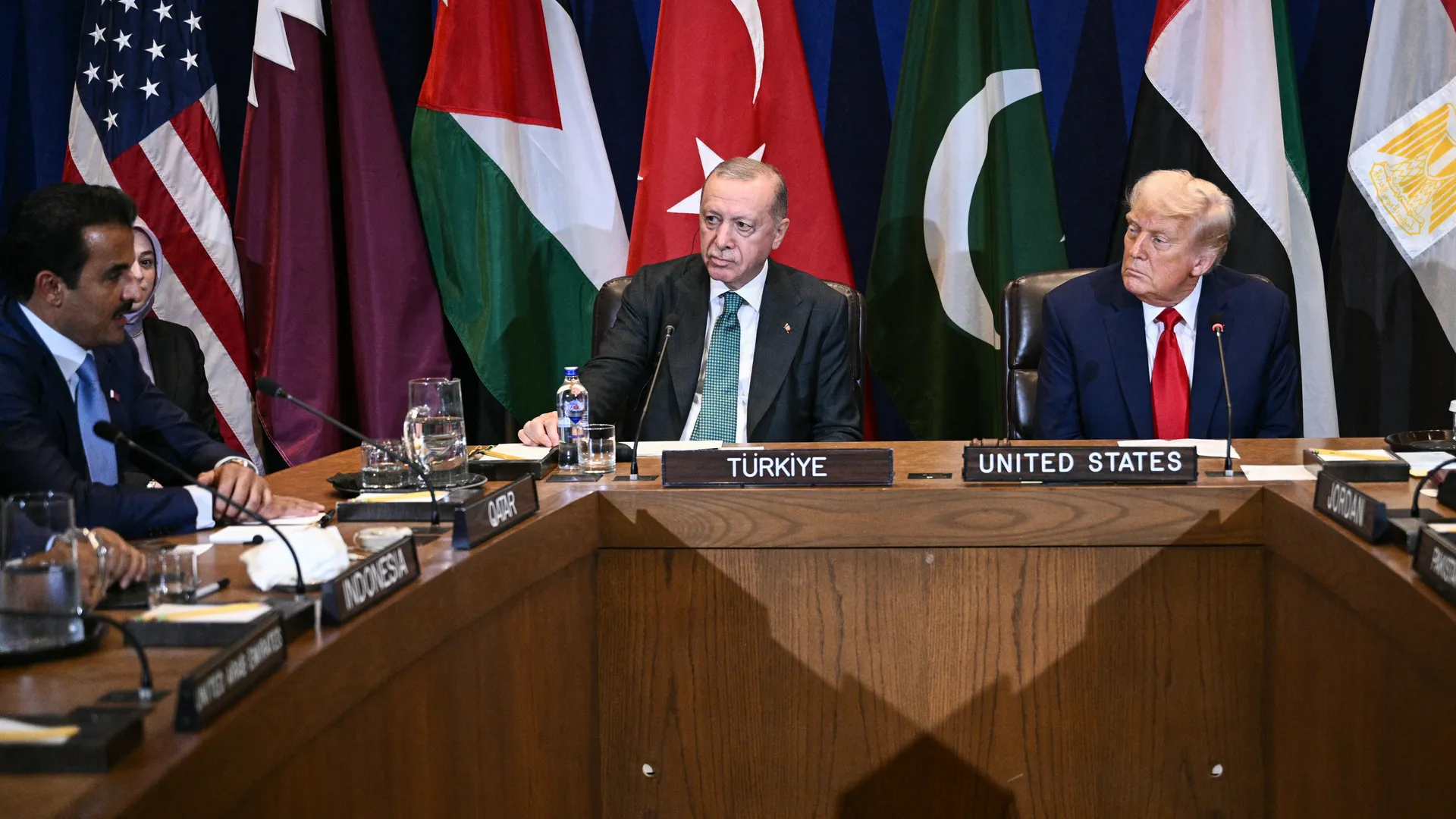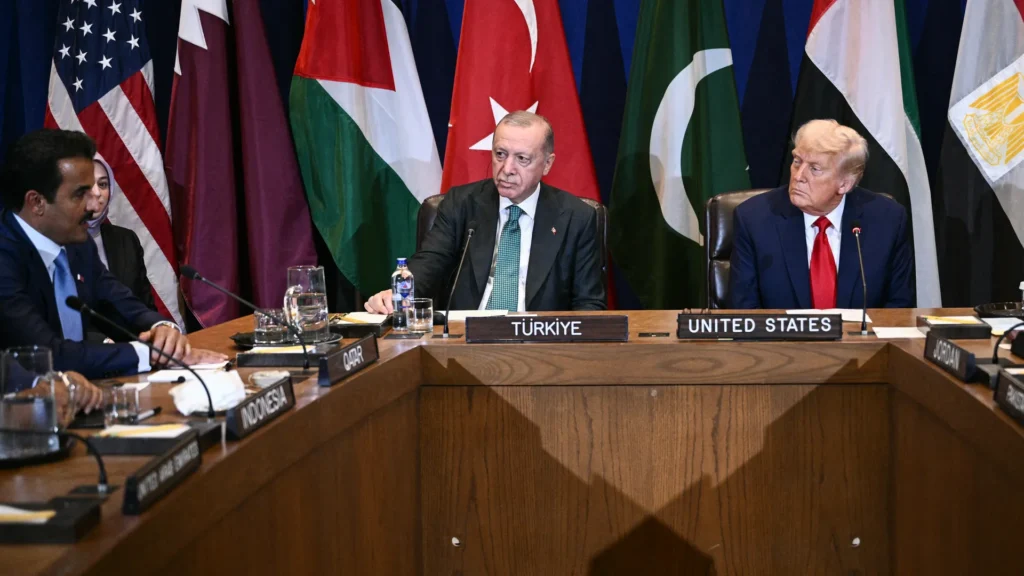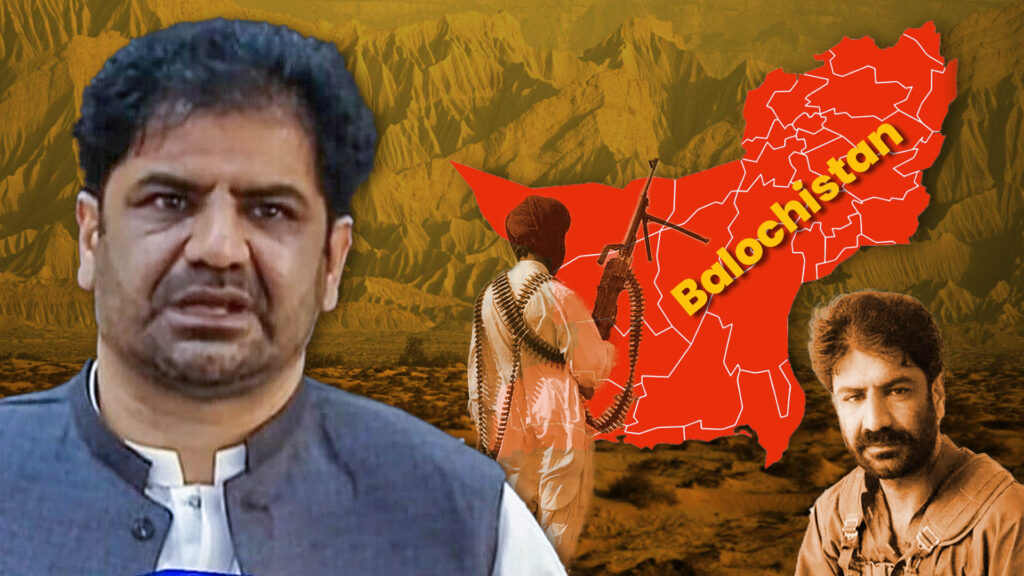As Israel continues to step up attacks against Iran, leaders in Tel Aviv have continued to tout the possibility of a regime change in Iran. Reports have also emerged about US President Donald Trump vetoing an Israeli attempt on Iranian Supreme Leader Ayatollah Ali Khamenei. In the current scenario, the process of how leadership changes in Iran is worth looking at.
The potential for regime change in Iran is a complex issue, intricately tied to the country’s unique political structure. Understanding the process of selecting a Supreme Leader is crucial to analyzing any hypothetical scenario. Iran’s constitution, specifically Articles 107 and 111, outlines the procedure, but the opacity of the system makes predicting the outcome of any disruption highly speculative.
The Formal Process:
The Supreme Leader, the highest authority in Iran, is selected by the Assembly of Experts, a body of 88 Islamic scholars elected by the Iranian people, but vetted by the Guardian Council. This Assembly chooses a successor possessing specific qualities: Islamic scholarship, political and social awareness, managerial skills, and piety.
In the event of the Supreme Leader’s death, resignation, or removal, a temporary Leadership Council, typically comprising the President, Head of the Judiciary, and a Guardian Council member, assumes power until a permanent successor is chosen.
However, major element of this process is the fact that it is non-transparent debates and deliberations within the Assembly of Experts are not public.
The Guardian Council, President, and Judiciary all play supporting roles, but only the Assembly of Experts can choose or dismiss the Leader.
